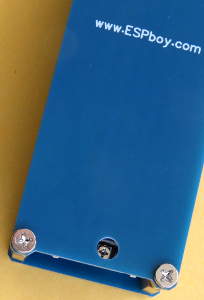I drilled a hole in the back panel over the potentiometer, so I can adjust the speaker volume without removing the panel. Maybe do this for production?

I drilled a hole in the back panel over the potentiometer, so I can adjust the speaker volume without removing the panel. Maybe do this for production?
